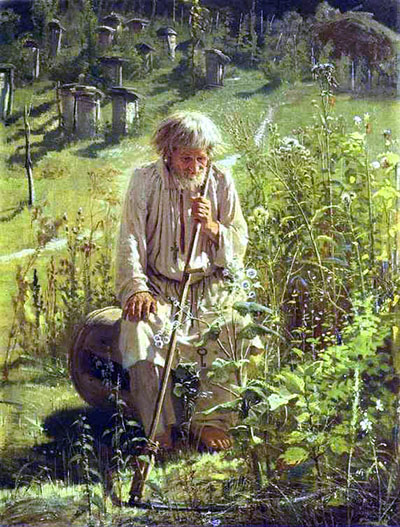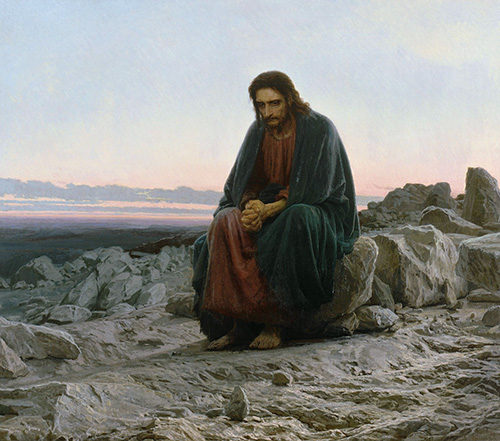The You journal has been merged back into the revived CowPi Journal.
“You” Has Moved
◊ Saint Arsenius, pray for us
◊ Saint Arsenius, pray for us
The You journal has been merged back into the revived CowPi Journal.
◊ Blessed Ralph Milner, pray for us
I think there is a choice possible to us at any moment, as long as we live. But there is no sacrifice. There is a choice, and the rest falls away. Second choice does not exist. Beware of those who talk about sacrifice.
— Muriel Rukeyser
She is mostly correct, but her warning needs clarification. Sacrifice can mean two different things. On one hand, for some people, the option not taken is seen as a loss and labeled a sacrifice. This is a shallow sacrifice at best because there still exists the option chosen. On the other hand, there is the choice one makes in regards for another person. This choice can be labeled a sacrifice or a gift; it all depends on freedom and the will of the one who chooses. Love calls it a gift.
Instead of referring to Christ’s death on The Cross as a sacrifice, maybe we should refer to it more often as the Gift of The Cross.
◊ Saint Ethelburga, pray for us
It is fairly obvious that the names Dostoevsky uses for the characters in The Brothers Karamazov are important. Names are not only labels for identifying characters, but the meaning of names also point to their type of character or role in the overall theme of the story. For example, the name of the hero Alexei is the Russian form of Alex (from Greek), meaning helper or defender of mankind.
But I wondered what does the name Karamazov mean? The answer comes in Book 4, Chapter 6, “The Strain in the Cottage”, when Arina Petrovna, the mother of the boy Ilyusha, addresses Alexei Karamazov as “Mr. Chernomazov”. The footnote to my edition adds,
Chernomazov: Arina Petrovna inadvertently brings out the implicit meaning of Alyosha’s surname: cherny is Russian for “black”; however, in Turkish and Tartar languages, kara also means “black” (the root, maz, in Russian conveys the idea of “paint” or “smear”).
So, Karamazov means black smear, as in sin, or the stain of original sin. Seems fitting from what I know so far of most of the Karamazovs. The black smear seems to rub off onto nearly everyone who is not vigilant.
◊ Saint Godelva, pray for us

Bee Keeper by Ivan Kramskoy, 1872
Here is another painting by Russian portrait painter Ivan Kramskoy with a similar contemplative stare as the previous two posts. I seem to be drawn to this one more than the other two. Maybe it is as simple as the background or the details in his clothes. Or it could be that the bee keeper’s contemplation seems to come from a deep sense of joy or awe, whereas the woodsman I have no clue where he is at (a fitting description for Smerdyakov in B.K.), and Christ’s contemplation is connected to the stress of the three temptations.
More of Kramskoy’s work can be seen at Olga’s Gallery.
◊ Saint Maria Goretti, pray for us
In looking for more information about the Russian portrait painter Ivan Kramskoy (see previous post), I discovered one his more famous paintings:

Christ in the Desert by Ivan Kramskoy, 1872